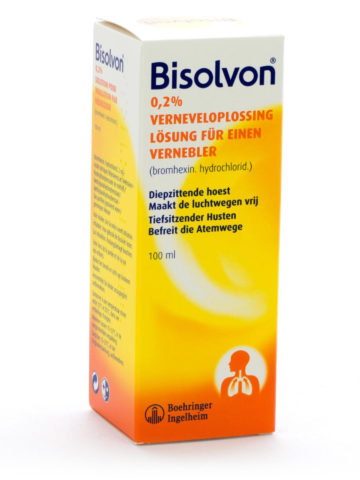Description
Medicine for nausea, vomiting and dizziness.
Agyrax is indicated for the prevention and symptomatic treatment of nausea, vomiting and dizziness associated with travel sickness.
Job
Always take this medicine exactly as instructed in this leaflet or as directed by your doctor or pharmacist. Check with your doctor or pharmacist if in doubt.
Adults and children over 12 years old
Nausea, vomiting and dizziness associated with travel sickness:
The recommended dose is 1 to 2 tablets one hour before departure, and then every 24 hours for the duration of the trip.
Administration mode
The tablets will be swallowed with a little liquid.
Dosage adjustment
In the elderly:
Elderly people should start treatment with half doses to be gradually increased according to the doctor’s instructions.
In people suffering from kidney failure:
The dose does not change in these people because the product is not eliminated by the kidney.
Your doctor will tell you how long you should take Agyrax.
The tablet can be divided into equal doses.
If you take more Agyrax than you should
If you have taken too much Agyrax, contact your doctor, pharmacist or the Anti-Poison Center (070/245.245) immediately.
Symptoms :
Manifestations resulting from the use of too high doses range from drowsiness, movement disorders, confused general malaise, reduced reflexes, fatigue, dizziness, hallucinations and respiratory depression. These are increased by the simultaneous absorption of alcohol and drugs acting on the nervous system.
Conversely, in other rare cases, particularly in infants (in the event of accidental intake), states of excitement, insomnia, headaches and at the stage of intoxication, convulsions.
Treatment :
There is no specific antidote.
If vomiting has not occurred spontaneously, it should be produced (except in stuporous or partially unconscious patients) or gastric lavage should be carried out as soon as possible.
It is indicated to practice general supportive treatments including frequent monitoring of vital symptoms and strict observation of the patient.
The use of activated charcoal is recommended.
If you forget to take Agyrax
Do not take a double dose to make up for the tablet you forgot to take.
Ingredients
What Agyrax contains
– The active substance is meclozine. Each Agyrax 25 mg tablet contains 25 mg of meclozine hydrochloride.
– The other ingredients are: colloidal anhydrous silica – corn starch – calcium stearate – lactose – talc – Polyvidone K 30.
Side effects
Like all medicines, this medicine can cause side effects, although not everyone gets them.
The following side effects have been observed:
Very common: drowsiness or sedation
Common: feeling of dry mouth
Rare: visual disturbances, nausea and vomiting, joint pain (arthralgia)
For other adverse effects, the frequencies are not known:
Heart conditions: palpitations, rapid heart rate (tachycardia)
Ear and labyrinth disorders: ringing in the ears (tinnitus), auditory hallucinations, vertigo
Eye disorders: visual hallucinations, double vision (diplopia), blurred vision
Gastrointestinal disorders: abdominal pain, constipation, diarrhea, dry mouth, nausea, vomiting
General disorders and injection site abnormalities: fatigue, weakness
Immune system disorders: severe allergic reaction (anaphylactic shock)
Investigations: weight increase
Metabolism and nutrition disorders: anorexia, increased appetite
Nervous system disorders: dizziness, headache, vertigo, sensitivity disorder (paresthesia), calming (sedation), somnolence, balance disorders (including Parkinson’s syndrome), tremor
Psychiatric disorders: anxiety, euphoria, excitability, hallucinations, insomnia, behavioral disorders
Kidney and urinary tract disorders: difficulty urinating (dysuria), frequent urination (polyuria), urinary retention
Respiratory, thoracic and mediastinal disorders: dry throat, dry nose, nasal hemorrhage (epistaxis), bronchial spasm (bronchospasm)
Vascular disorders: drop in blood pressure (hypotension)
Skin and subcutaneous tissue disorders: skin rash (rash and urticaria), sensitivity to light (photosensitivity).
In the presence of a non-serious adverse effect, the dose should be reduced at the cost of a reduction in activity, or administered in the evening at bedtime if it is a som.




















